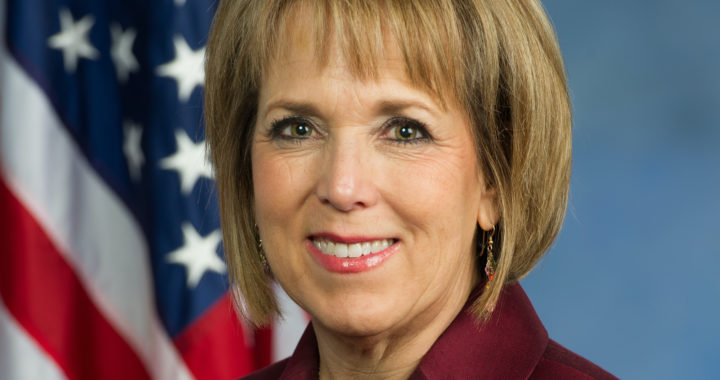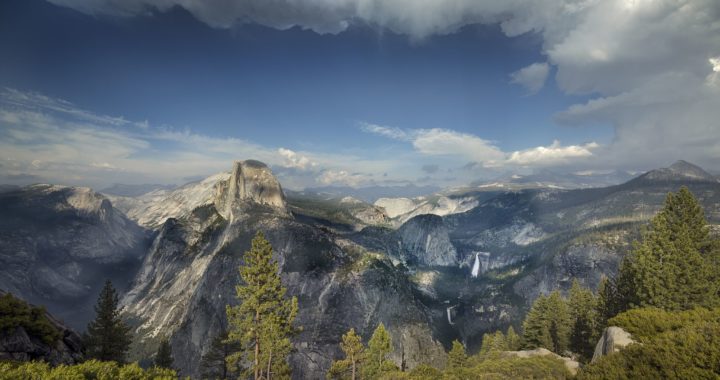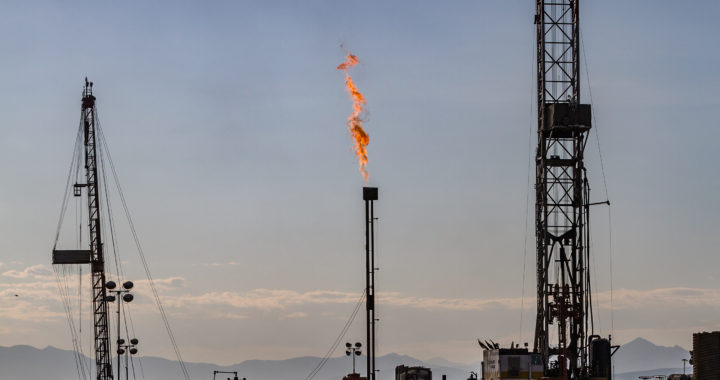On Wednesday, New Mexico Governor Michelle Lujan Grisham drew a standing ovation when she announced a plan to fund tuition throughout the state. The laudable agenda is only possible thanks to the state’s booming oil and gas sector.
The Tuition Bill
In a nation where the cost of higher education is soaring commensurate with its necessity in the workplace, Gov. Lujan Grisham’s plan is commendable. According to Forbes, the price of college tuition is growing eight times faster than national wages. The cost of in-state tuition at public universities rose 4% last year alone.
To return the residents of her state to a time and place where it’s possible to graduate college with only minimal debt, Gov. Lujan Grisham’s plan would offer recent high school graduates free tuition to any public university, college, or community college to which they could gain admittance. Returning learners could even get in on the act with no-cost access to New Mexico’s two-year colleges.
Almost as soon as the governor finished her announcement, however, critics stood up to ask how the $30-plus million plan would be funded. Lujan Grisham’s office told reporters that the project would be partially funded by the state lottery as well as a smattering of federal grants, neither of which would cover the full cost. The remainder of the program’s funding would be decided in due course.
Oh, Wait, We Found It
Later that day, in an article praising the maneuver, The New York Times revealed that New Mexico had, indeed, found the remainder of the funding they needed the plan. The historically cash-poor state would fund its ambitious education plan using revenue from the state’s oil and gas industry.
One might wonder why the governor’s office was so coy about the source of the remainder of the education initiative’s funding. Then, one day later, Gov. Lujan Grisham happily soaked up the credit for being a hard-nosed environmentalist when she lectured the state’s industry leaders about the dangers of methane emissions and called for a 45 percent reduction in the state’s greenhouse gas emissions over the next decade.
Should she push this anti-energy strategy too quickly, she might find the funding for her plan drying up rather quickly. For the moment, as many as 58% of New Mexicans approve of the work being done by the new governor.





